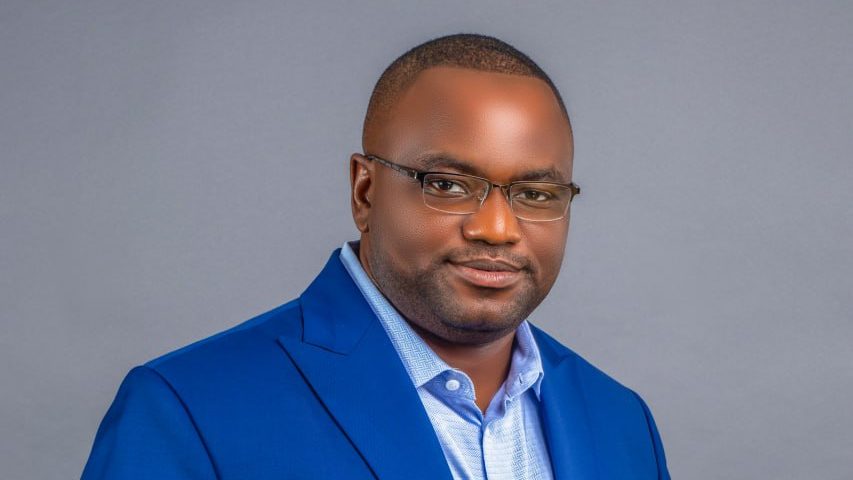
Educational Leadership: Do we want to Innovate?
Innovation and what to learn from it.
New set of principles guides the way we are doing things now. The mindset that creates a problem is not always the same that solves it. And the mindset for running in old times which he described as BI generation running on Newtonian Principles may not be applicable again in this modern AI world. Innovations can be driven by crisis which drives people to the edge to solve the problem. Education is what people do to you and learning is what you do to yourself especially when under pressure. Joi Ito wants learning to be fun, freely chosen and owned. He reiterates the need to learn or learn how to learn. The power of pull comes from crisis when there is pressure. I saw first hand on the news in Ukraine, how a fire alarm engineer built a mobile, cheap small motors loaded with explosives remotely controlled to blow up a large Russian tanks. The same innovation helped rescued wounded soldiers and also delivered goods to those on the battle fronts.
Compass over maps is like agile software development where working solution designs is crucial over comprehensive documentation. He wanted us to think of now-ist. Solving the problems of today, instead of thinking about a future which ultimately will become today, the day we are experiencing it. Moore’s law describes the increasing computation power of gadgets. This has hugely impacted how humans collaborate, interact and publish themselves. With internet powering connectivity at a tremendous rate, this ensures that innovations can be driven at our individual corners of the world. I can think of an idea in Japan, interact with friends in America, come up with the designs in Europe and get it manufactured in China to be sold in Africa. Education can leverage the computing power and idea of pulling resources together globally to solve and innovate continuously for learners.
Blended learning and the future of education: Monique Markoff
Blended larning comes with lots of questions for teachers and learners. Can every child have their own teacher? And Can Artificial Intelligence get us closer to making learning individualized for each student? Can students starts with a pretest, which shows their strength and analyzes weakness in expected knowledge? And can it align my teachings with my areas of weaknesses? Can the current school system manage this change on a massive scale?
The industry of this generation wants graduates to have ICT knowledge and skills. The goal of blended learning is to help with Mastery of content in a personalized way not necessarily the mastery of ICT applications. The computer is just a tool. For schools to go blended, they must be flexible and adapt, help teachers to be innovators and find best practices. Blended requires a high level of commitment and ensure all teachers are proficient. Teachers are to embrace growth mindset and ensure that the students embraces learning. We must get the students to get a value in the learning. The value of teachers are more increasing in blended learning, they are now to do more critical thinking and build stronger emotional connections with the students learning processes. Computers in the classroom isn’t just about the changes in this century or making learning easier only, but to amplify the learning content for the students and enable lifelong learning.
References
- Joshua Perry (2015, May 15). Joi Ito Want to innovate Become a ‘now ist’ [Video]. YouTube. https://youtu.be/vRAMQJJu7uY?si=u3v7DtVfZEsUdw_J
- TEDx Talks (2014, May 6). Click here– blended learning and the future of education: Monique Markoff at TEDxIthacaCollege. [Video]. YouTube. https://www.youtube.com/watch?v=Mb2d8E1dZjY
